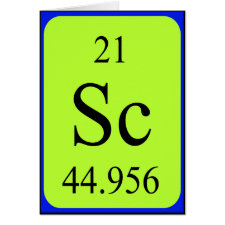
Authors: Tan L, Chen KC, He R, Peng RF, Huang C
Article Title: Temperature sensitive molecularly imprinted microspheres for solid-phase dispersion extraction of malachite green, crystal violet and their leuko metabolites.
Publication date: 2016
Journal: Microchimica Acta
Volume: 183
Issue: (11)
Page numbers: 2991-2999.
DOI: 10.1007/s00604-016-1947-8
Abstract: This article demonstrates the feasibility of an alternative strategy for producing temperature sensitive molecularly imprinted microspheres (MIMs) for solid-phase dispersion extraction of malachite green, crystal violet and their leuko metabolites. Thermo-sensitive MIMs can change their structure following temperature stimulation. This allows capture and release of target molecules to be controlled by temperature. The fabrication technique provides surface molecular imprinting in acetonitrile using vinyl modified silica microspheres as solid supports, methacrylic acid and N-isopropyl acrylamide as the functional monomers, ethyleneglycol dimethacrylate as the cross-linker, and malachite green as the template. After elution of the template, the MIMs can be used for fairly group-selective solid phase dispersion extraction of malachite green, crystal violet, leucomalachite green, and leucocrystal violet from homogenized fish samples at a certain temperature. Following centrifugal separation of the microspheres, the analytes were eluted with a 95:5 mixture of acetonitrile and formic acid, and then quantified by ultra-high performance liquid chromatography tandem mass spectrometry (UHPLC-MS/MS) with isotope internal calibration. The detection limits for malachite green, crystal violet and their metabolites typically are 30 ng kg-1. Positive samples were identified by UHPLC-MS/MS in the positive ionization mode with multiple reaction monitoring. The method was applied to the determination of the dyes and the respective leuko dyes in fish samples, and accuracy and precision were validated by comparative analysis of the samples by using aluminum neutral columns
Template and target information: malachite green, crystal violet, leucomalachite green, leucocrystal violet
Author keywords: molecular imprinting, Silica microspheres, Malachite green, Crystal violet, Solid-phase dispersion extraction, Thermal modulation, drug residues, UHPLC-MS, MS, HRTEM, N-Ispropylacrylamide



Join the Society for Molecular Imprinting

New items RSS feed
Sign-up for e-mail updates:
Choose between receiving an occasional newsletter or more frequent e-mail alerts.
Click here to go to the sign-up page.
Is your name elemental or peptidic? Enter your name and find out by clicking either of the buttons below!
Other products you may like:
 MIPdatabase
MIPdatabase









